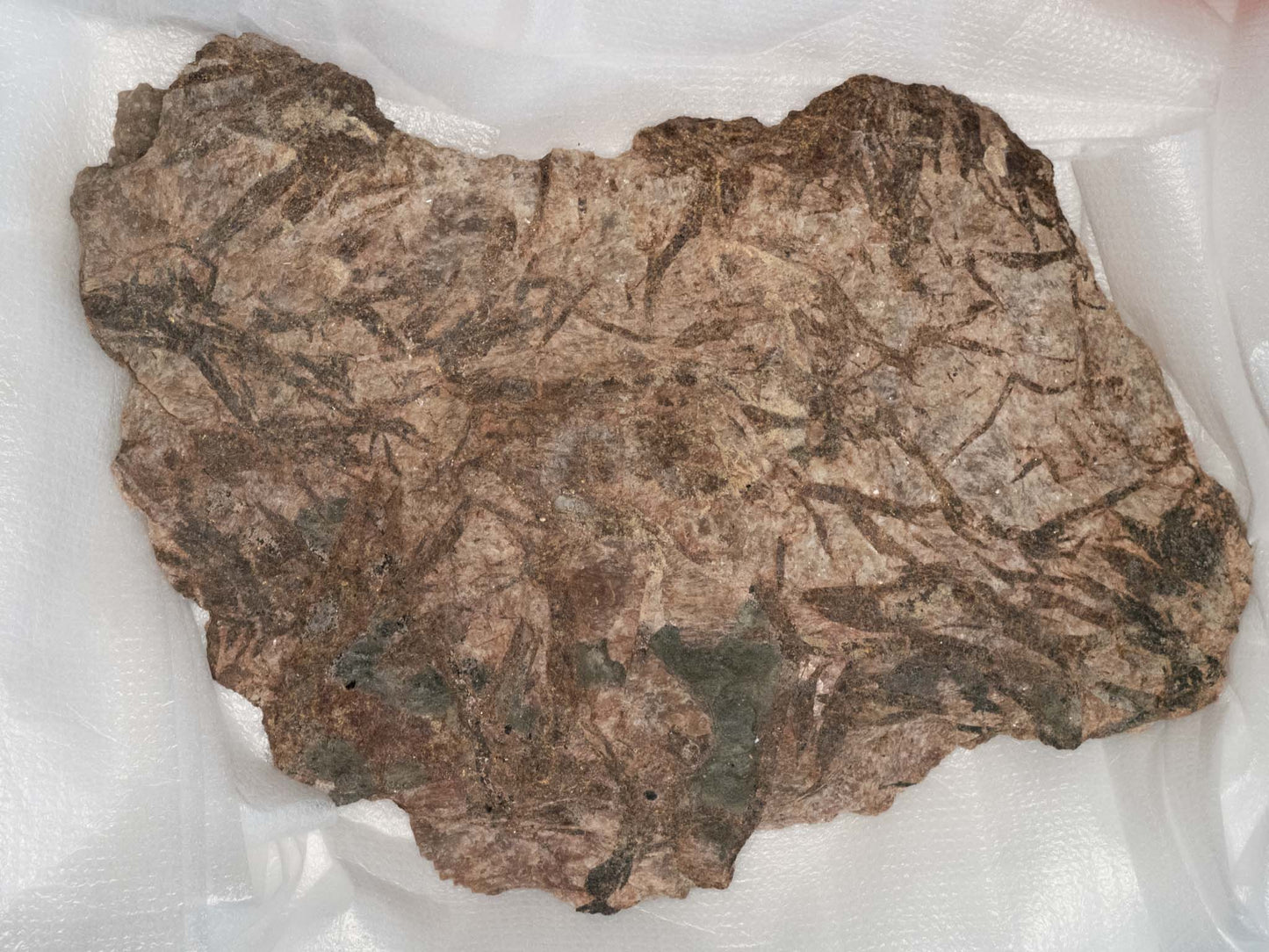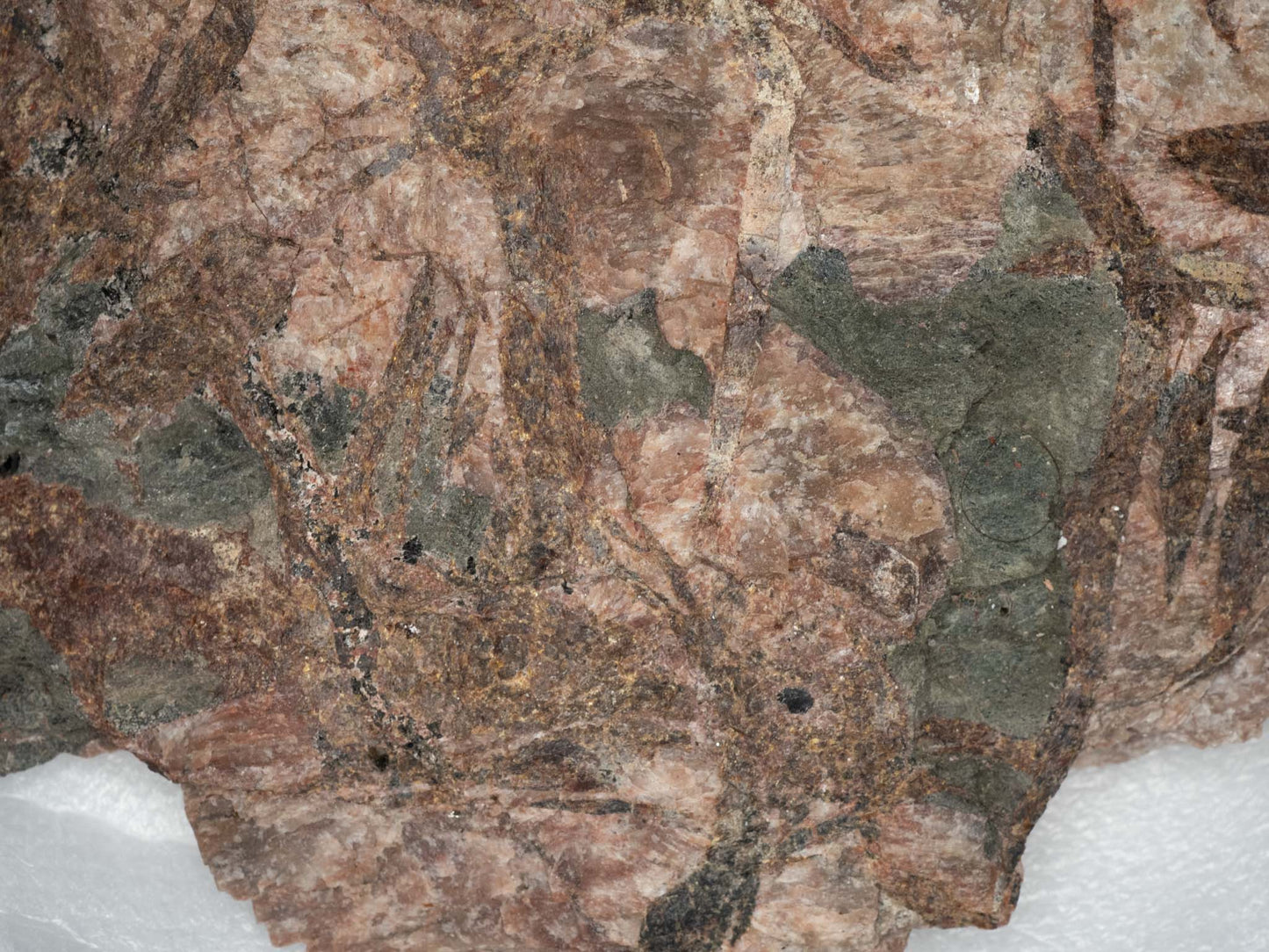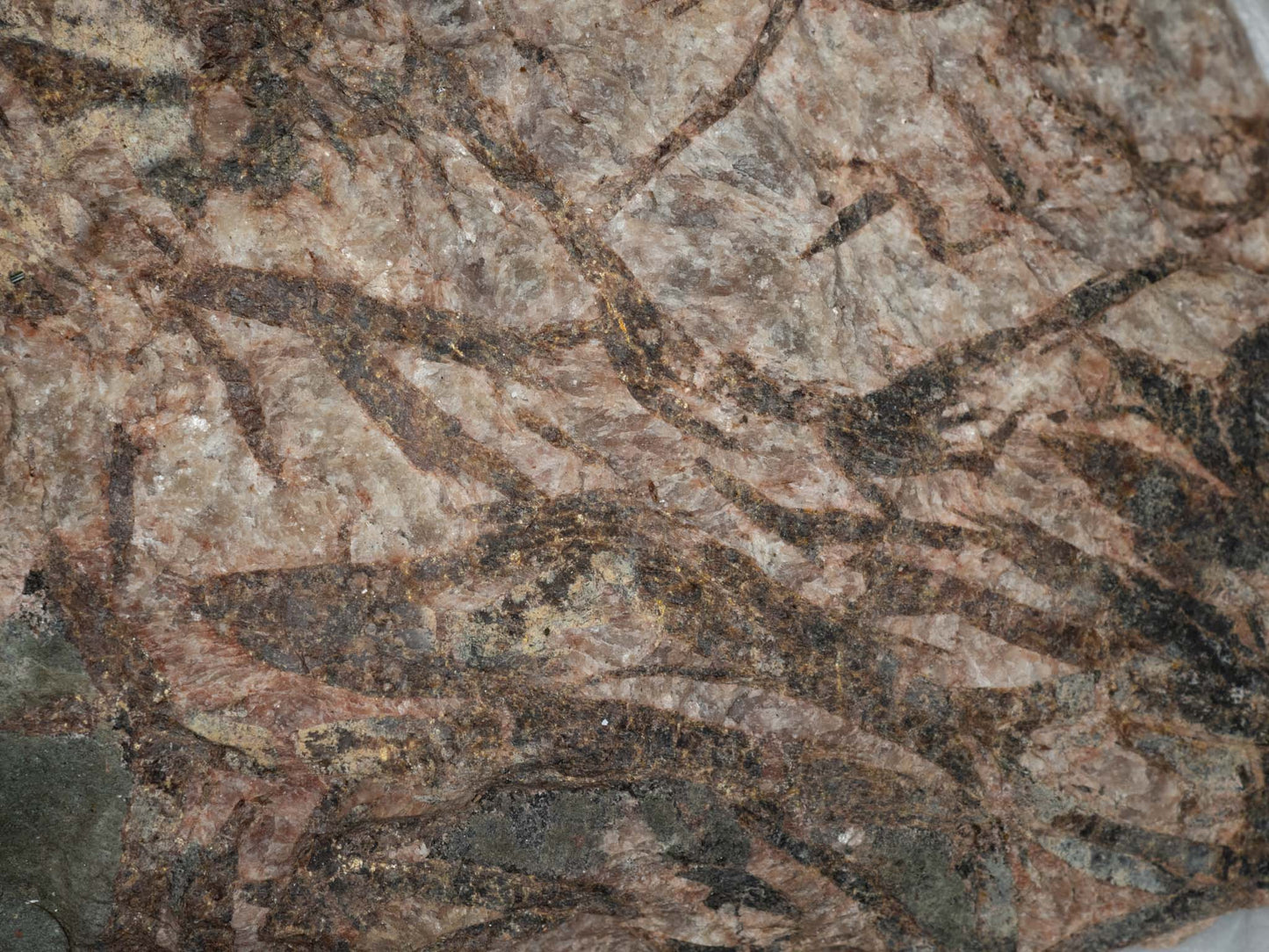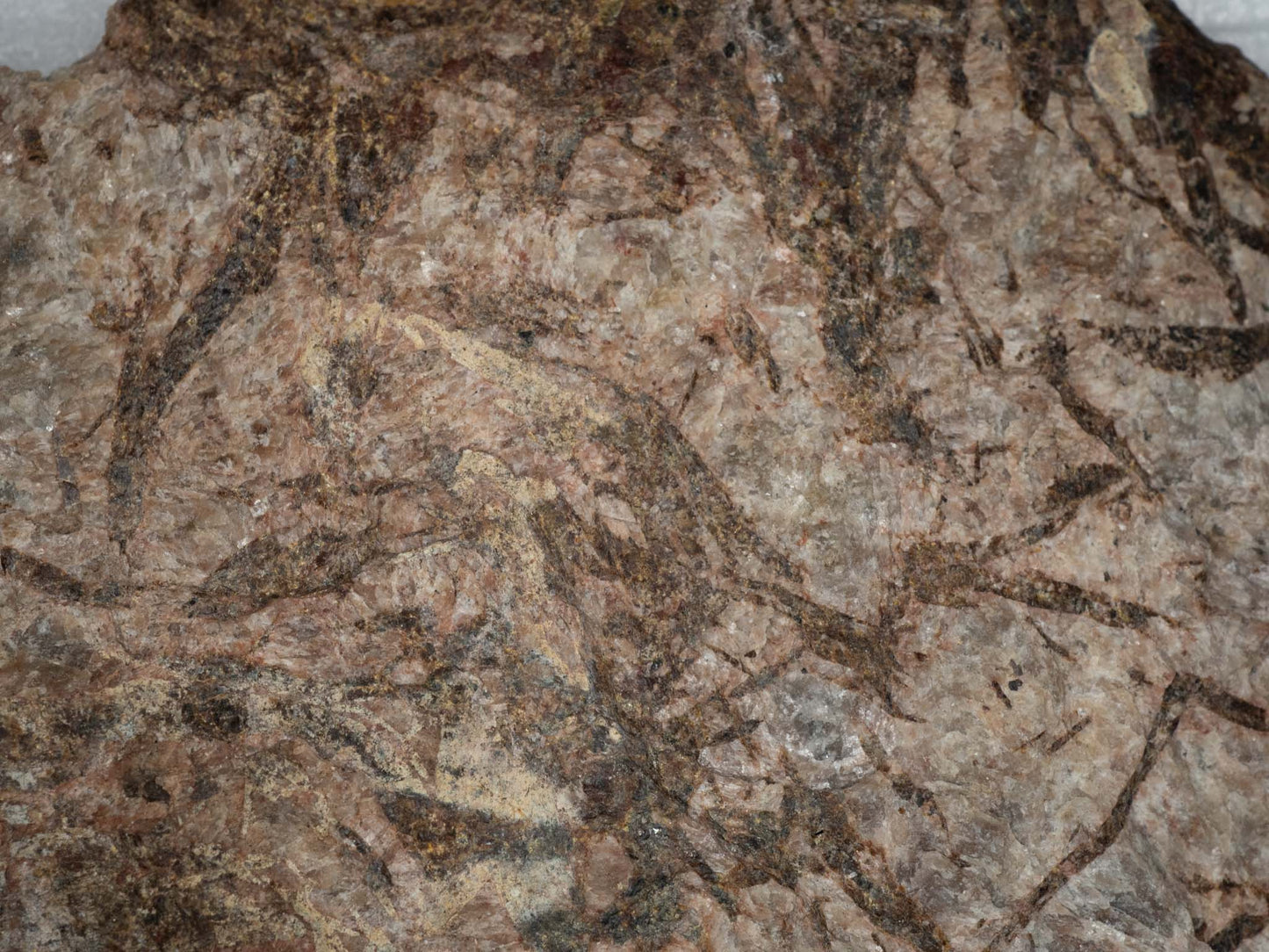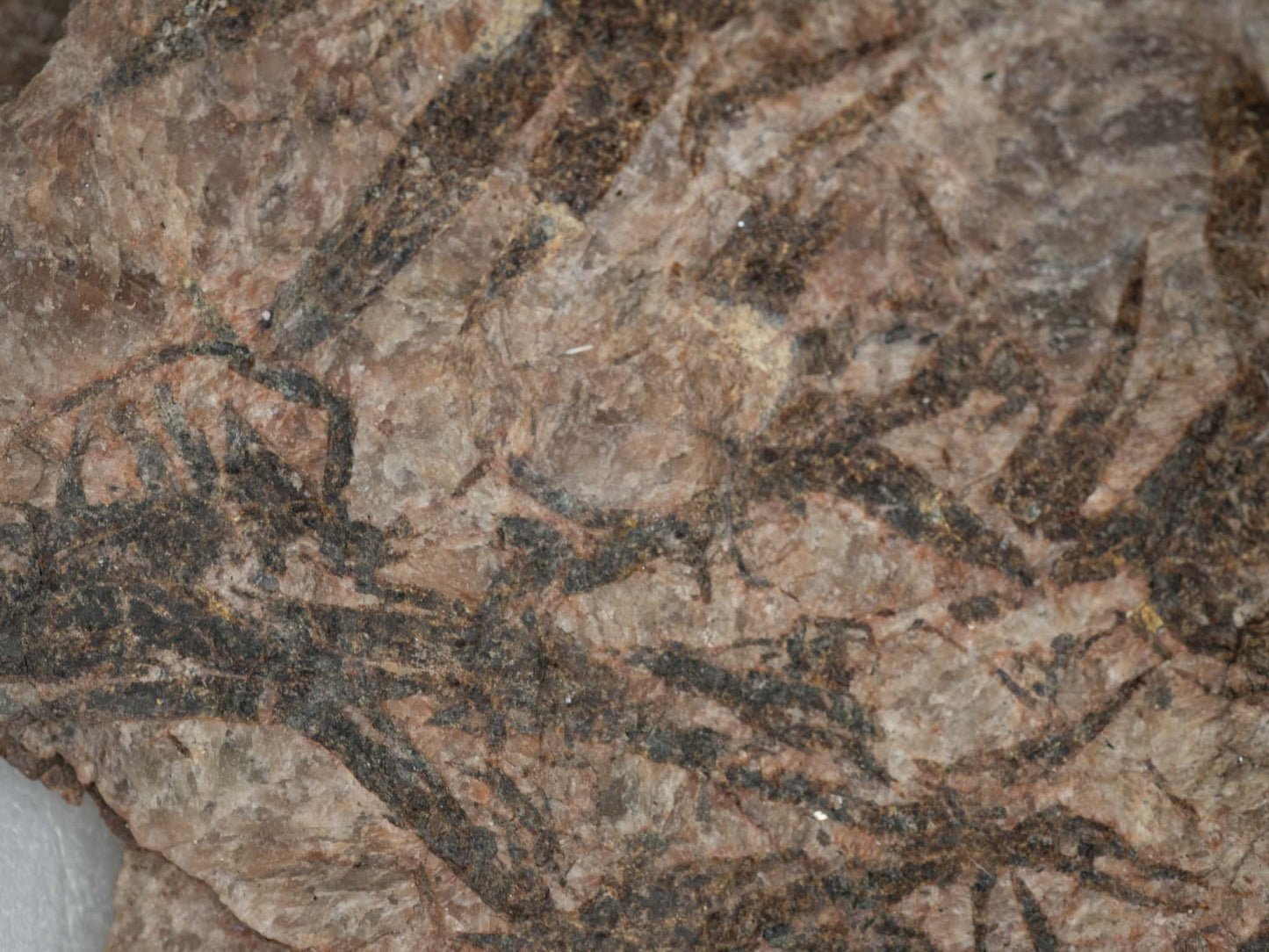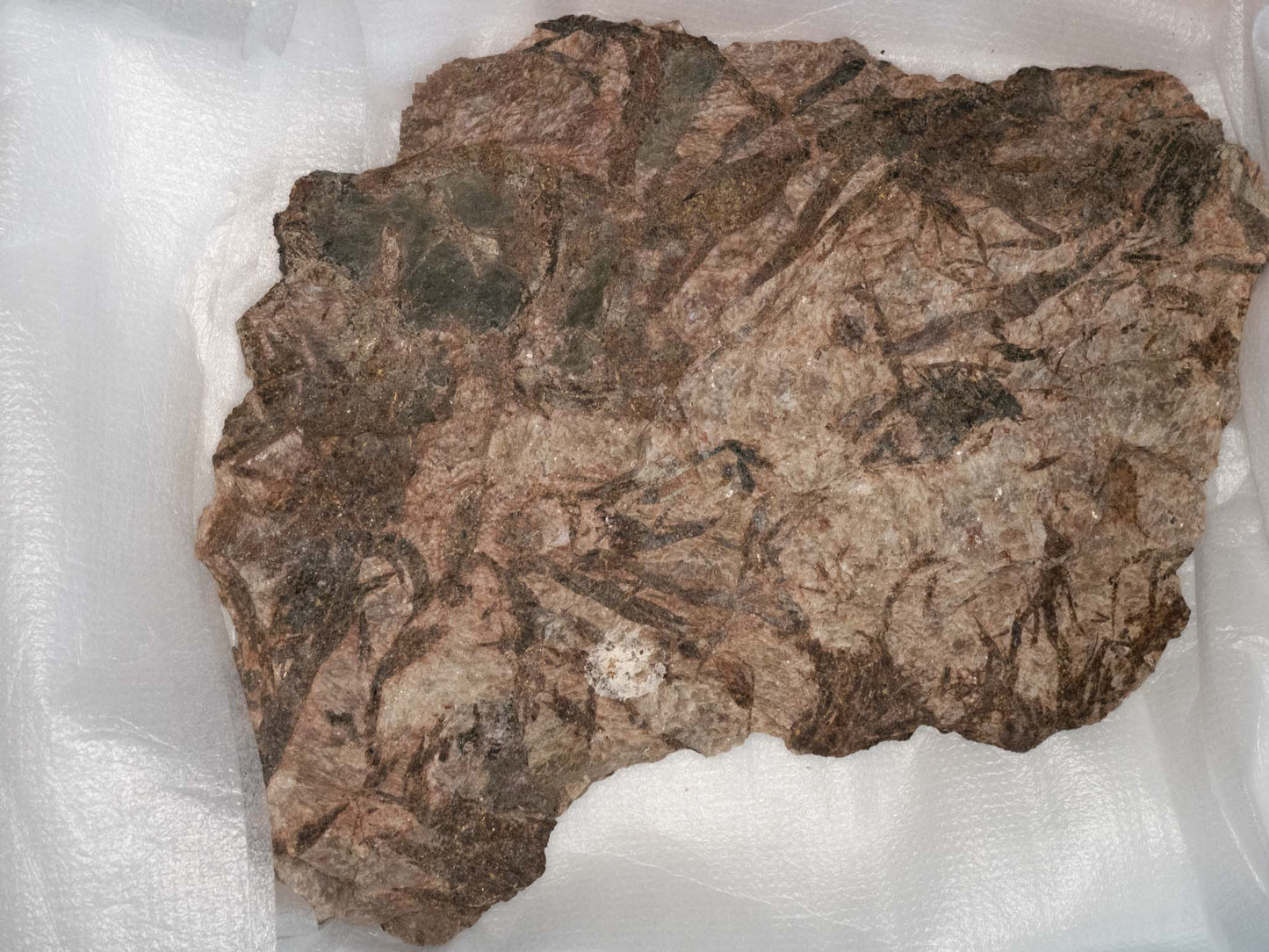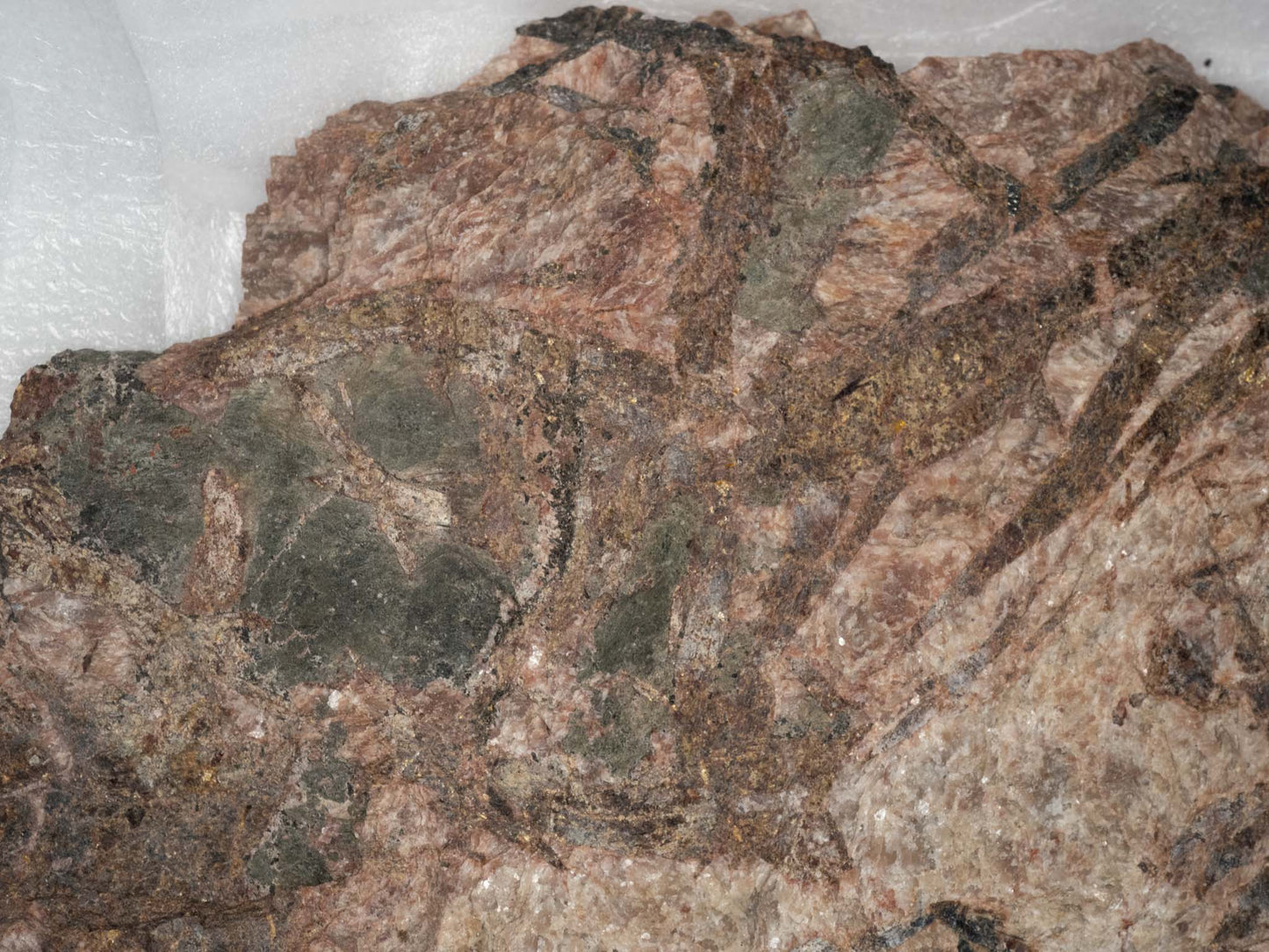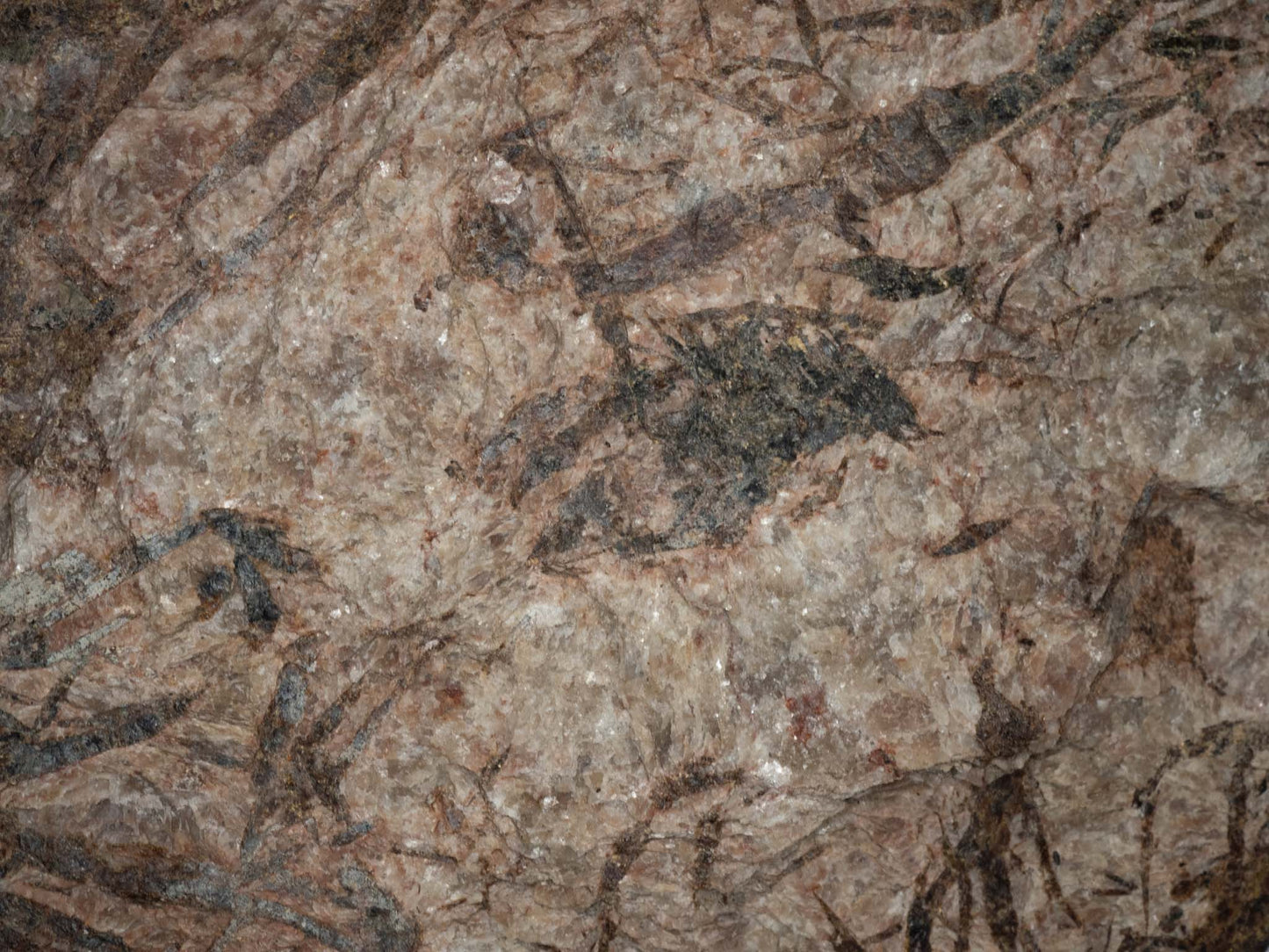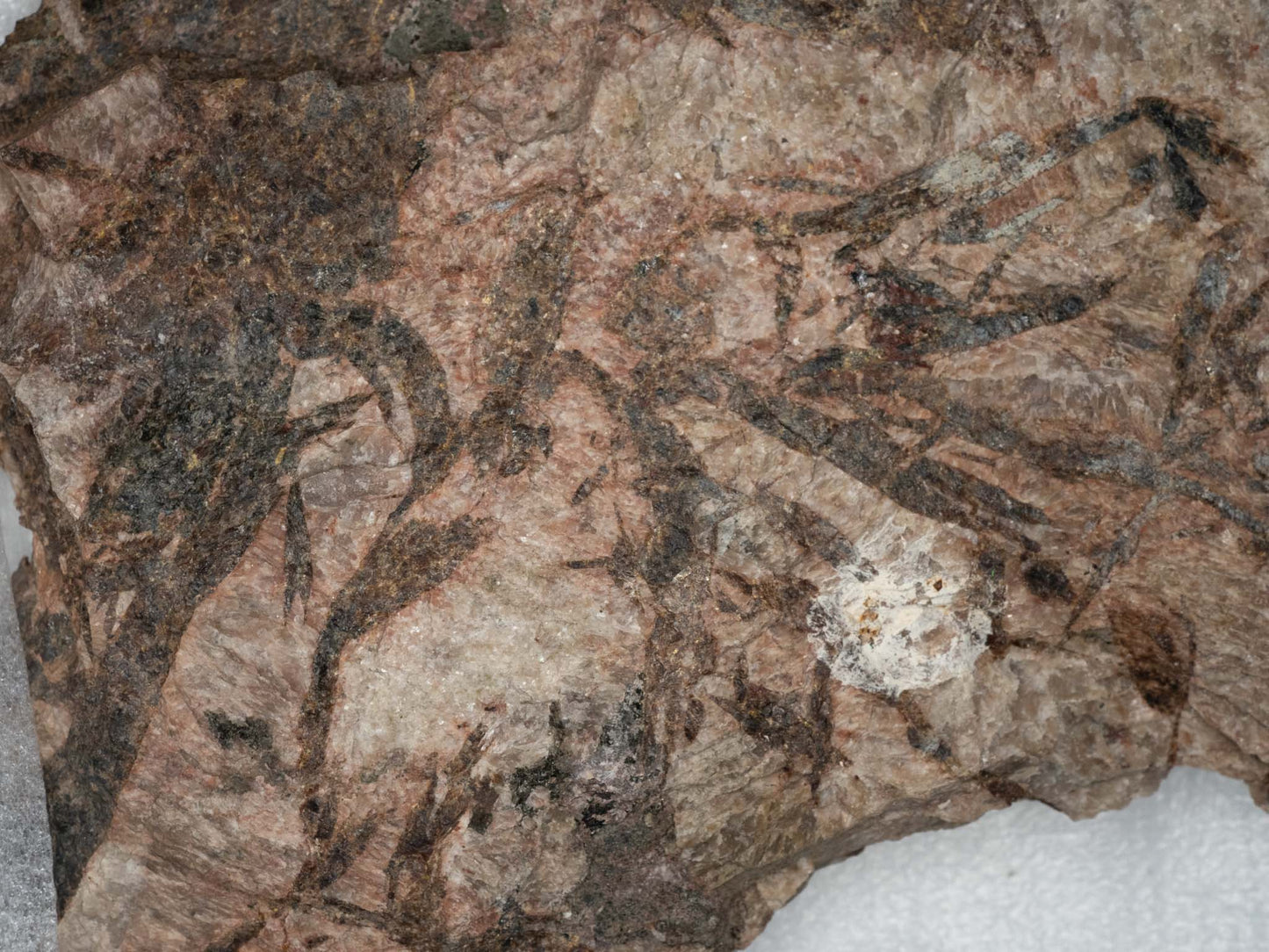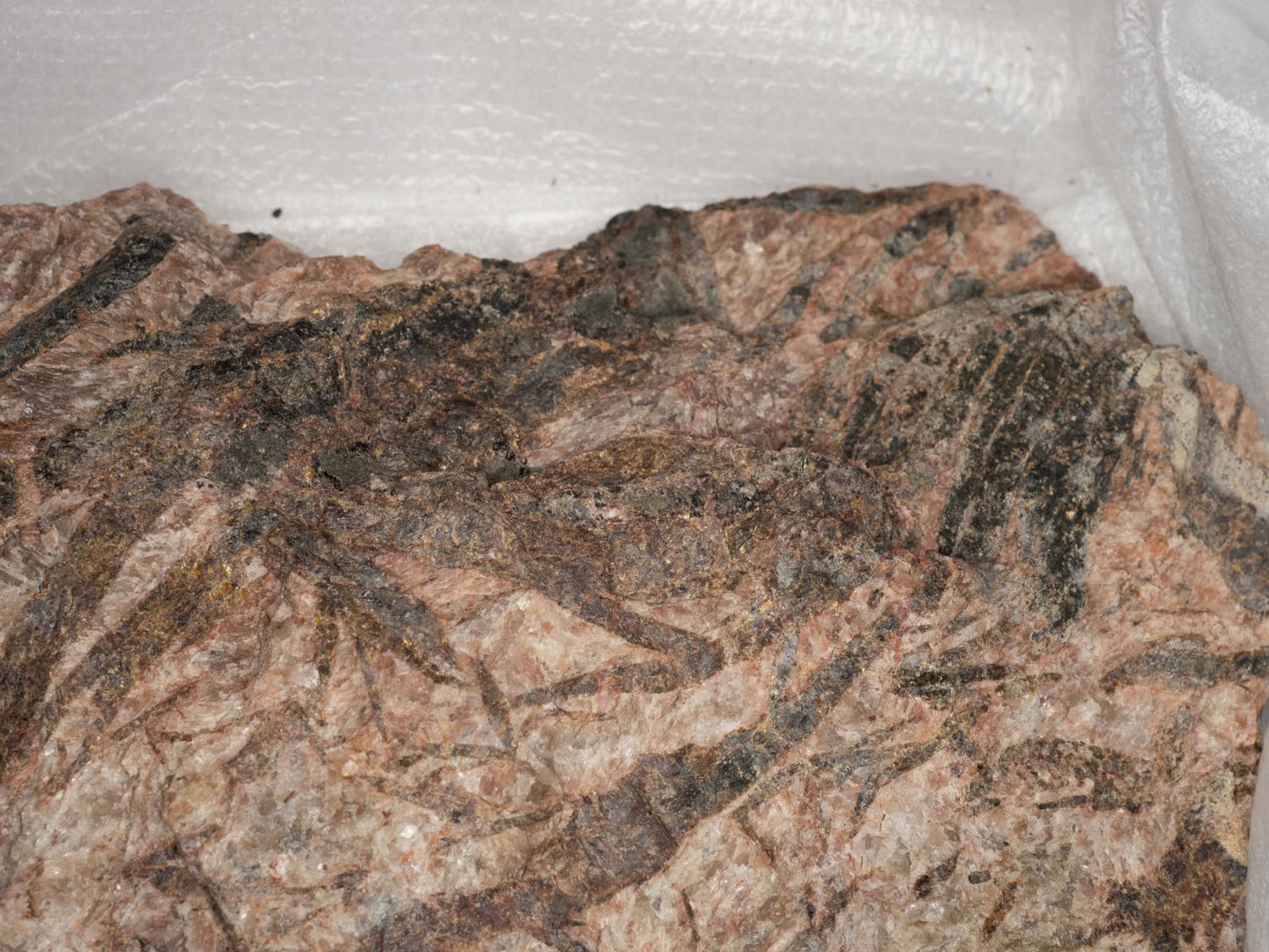Rad Man Minerals
Uranothorite - Madawaska Mine (Faraday Mine), Faraday Township, Hastings County, Ontario, Canada
Uranothorite - Madawaska Mine (Faraday Mine), Faraday Township, Hastings County, Ontario, Canada
Couldn't load pickup availability
 (Th,U)SiO4
(Th,U)SiO4
Uranothorite - Madawaska Mine (Faraday Mine), Faraday Township, Hastings County, Ontario, Canada
The Madawaska Mine, also historically known as the Faraday Mine, located in Faraday Township, Hastings County, Ontario, Canada, is a well-known site among geologists and mineral collectors. This location has a significant history of uranium mining and is recognized for its production of rare and fascinating minerals, including uranothorite.
What is Uranothorite?
- Chemical Formula:
- Mineral Group: A member of the thorite group, it is a thorium-uranium silicate.
- Color: Typically brown to black, sometimes with an orange to yellowish hue due to weathering or alteration.
- Crystal System: Tetragonal
- Radioactivity: Highly radioactive due to its uranium and thorium content.
Uranothorite is a mineral where uranium and thorium substitute for each other in the crystal structure. It typically forms in granitic and pegmatitic environments or in hydrothermal veins associated with uranium-rich deposits.
Madawaska Mine (Faraday Mine) Overview
- Location: Near Bancroft in Faraday Township, Hastings County, Ontario, Canada.
- Geological Setting: The mine is situated within the Grenville Province, a region characterized by high-grade metamorphic rocks and abundant pegmatites.
-
Operational History:
- First opened in the 1950s as the Faraday Mine for uranium extraction.
- Reopened in the 1970s under the name Madawaska Mine to supply uranium for nuclear power plants.
- Ceased operations in the early 1980s due to declining uranium prices.
The mine was a significant source of uranium-bearing minerals, with uranothorite being one of the rarer finds.
Uranothorite at Madawaska Mine
- Formation: Uranothorite forms in uranium-rich, high-temperature environments. In the Madawaska Mine, it occurs within granitic pegmatites and hydrothermal veins.
- Appearance: Typically found as granular to subhedral crystals, often embedded in a matrix with other uranium or thorium minerals.
-
Associated Minerals:
- Uraninite: The primary uranium ore.
- Zircon: Often found nearby due to its similar crystal chemistry.
- Allanite and other REE (Rare Earth Element) minerals.
Collectors highly value uranothorite from this location due to its association with historically significant uranium production and its intriguing physical properties.
Approx. specimen size: 270mm x 195mm x 55mm
Approx. specimen activity on an SE International Ranger EXP: 22 000 cpm
This item ships for free to Canada/USA.
